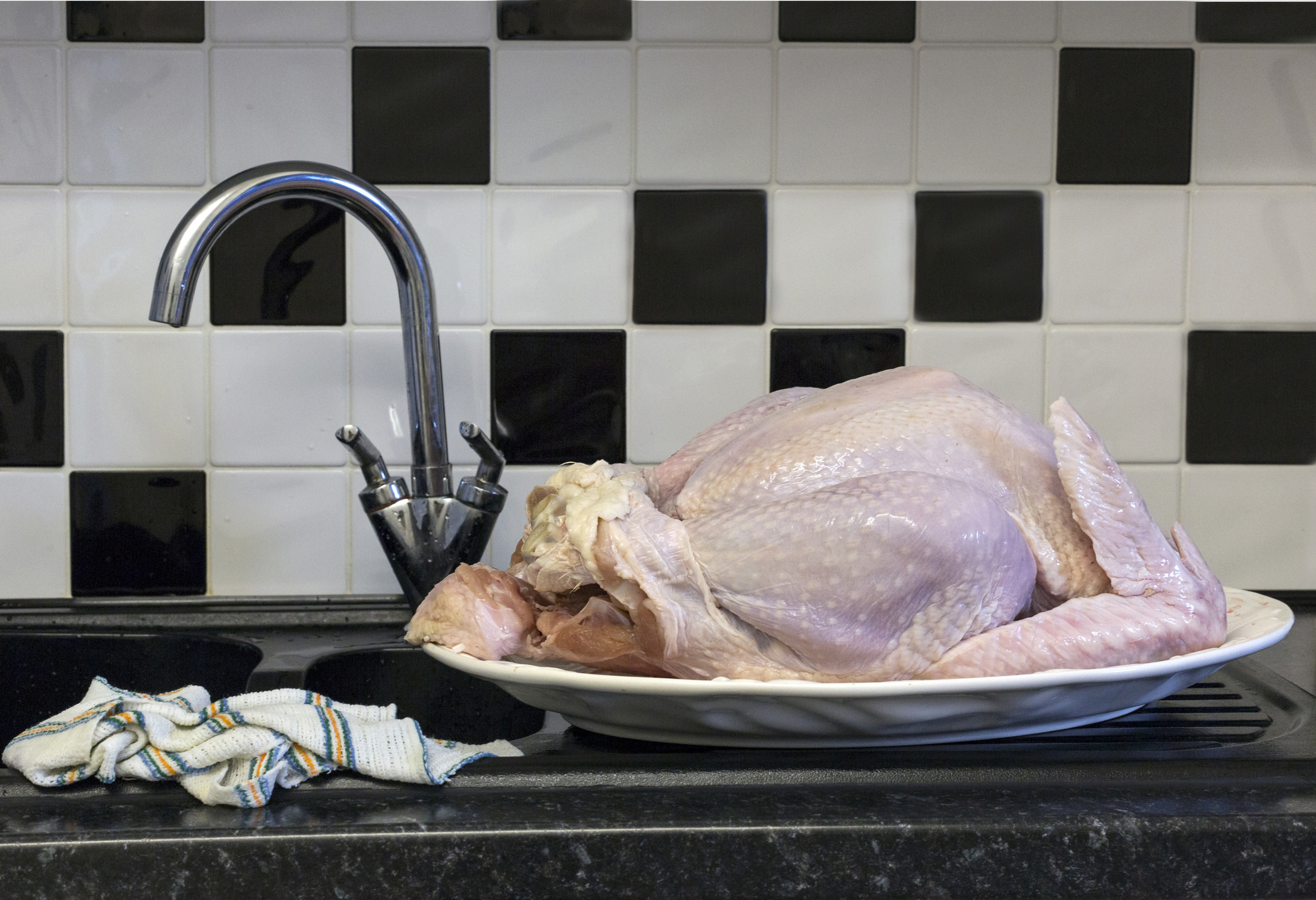With so much focus on handwashing and covering coughs and sneezes to prevent the spread of viruses like the flu and COVID-19, we may be missing a source of potential illness right in our own kitchens; food safety. According to recent research, we are becoming less aware of how to safely handle and prepare food to avoid food poisoning and illness caused by undercooked, spoiled or contaminated food.
As reported in a February 2020 McMaster Optimal Aging Portal blog, older adults are generally aware of E. Coli and salmonella pathogens but not Listeria, a bacterium that is more likely to sicken older adults and people with weakened immune systems. Listeria is often linked to dairy products and produce; look for pasteurized milk products and do not eat raw or lightly cooked sprouts of any kind. Melons, deli meats, hot dogs and smoked fish have also been associated with Listeria outbreaks.
Keeping the kitchen work area clean and washing hands before cooking can help reduce the growth and spread of bacteria. Perishable food should not be left out for more than 2 hours at room temperature and the refrigerator temperature should be set to no more than 4 degrees Celsius; the freezer to -18 Celsius.
Although many recipes call for washing poultry before cooking, the practice can actually increase the risk of spreading bacteria onto work surfaces, clothing and hands which can cause food poisoning. Washing poultry doesn’t remove bacteria; the best was to kill pathogens on chicken or turkey is to cook it thoroughly; the internal temperature at the thickest part of the meat should reach 165 degrees, according to the Centers for Disease Control and Prevention.
Raw or runny eggs and fresh (not tinned) paté can also pose a food-poisoning risk for older adults. The immune system isn’t as strong in older age and seniors may become dehydrated more easily and take longer to recover. Seek medical attention right away if you have symptoms of food poisoning.
Defrosting meat can also pose a health risk; try to plan ahead and thaw food in the refrigerator. Even when the middle of a package may still be frozen, if the outer layer reaches between 40 and 140 degrees Fahrenheit, bacteria present at the time of freezing can multiply quickly. If time is an issue, food can be thawed in sealed plastic in cold water and cooked immediately after thawing. Water should be changed every 30 minutes. Food can also be thawed in the microwave and then cooked immediately or cooked from frozen (thank you Instant Pot).
Learn more about Food Safety by following this link to the United States Department of Agriculture. And don’t forget to check foods for their expiry dates!






Add Your Voice
0 Comments
Join the Discussion